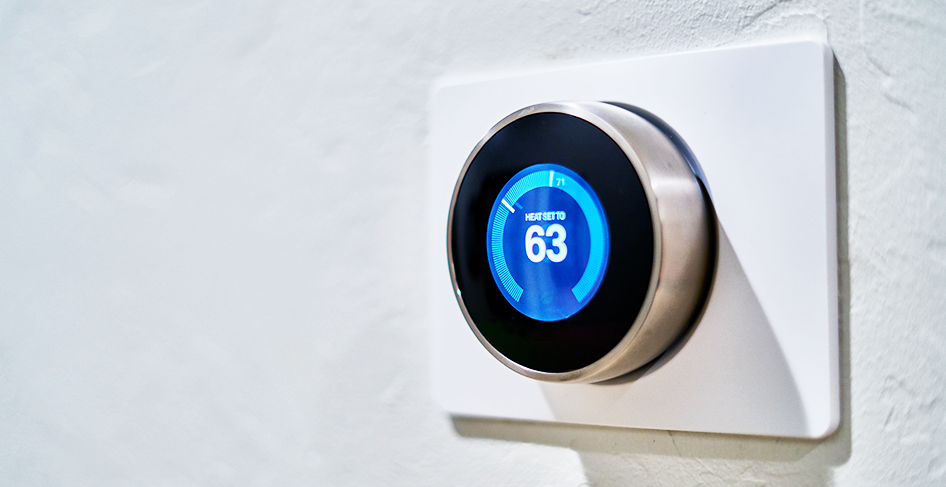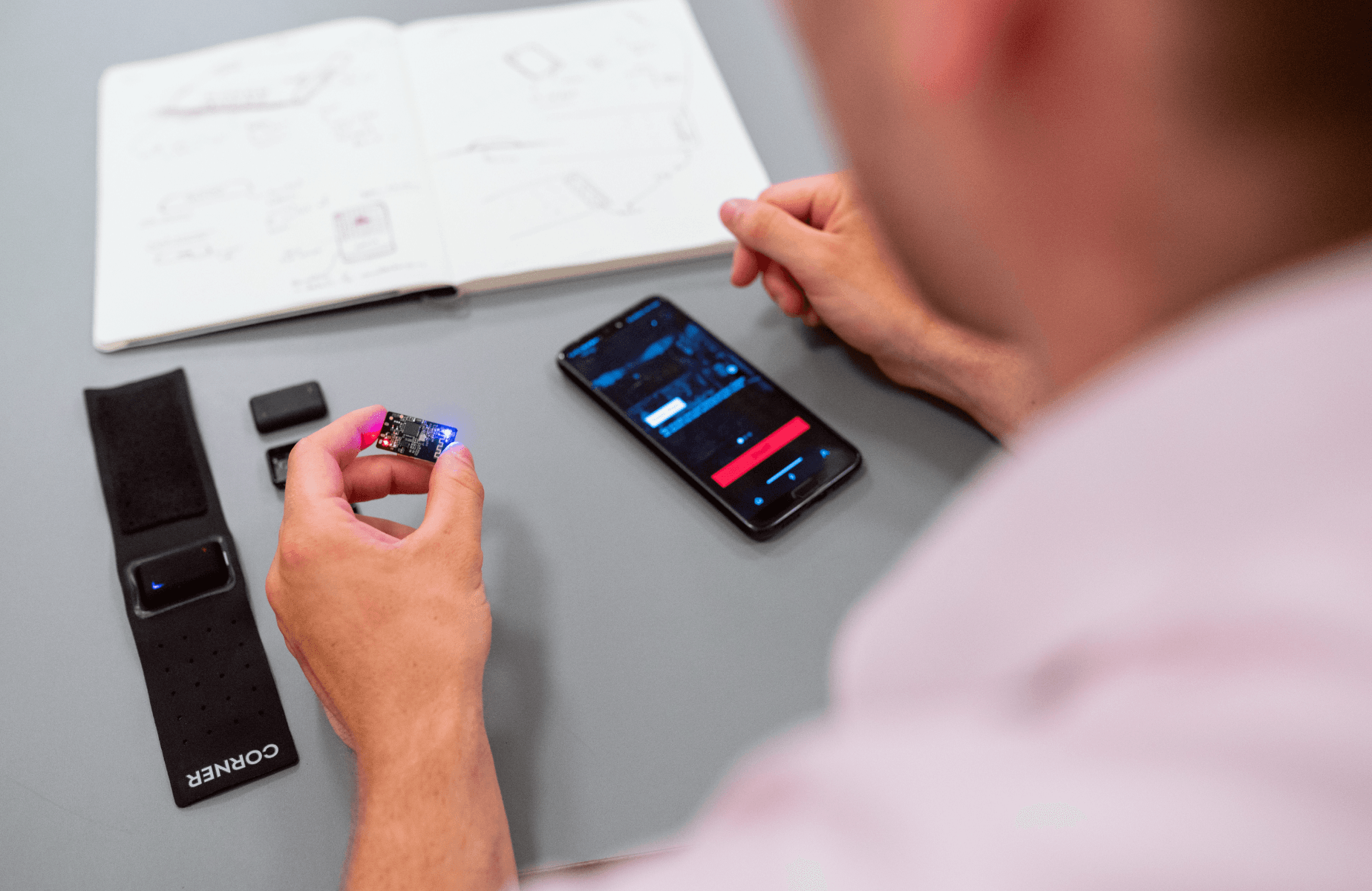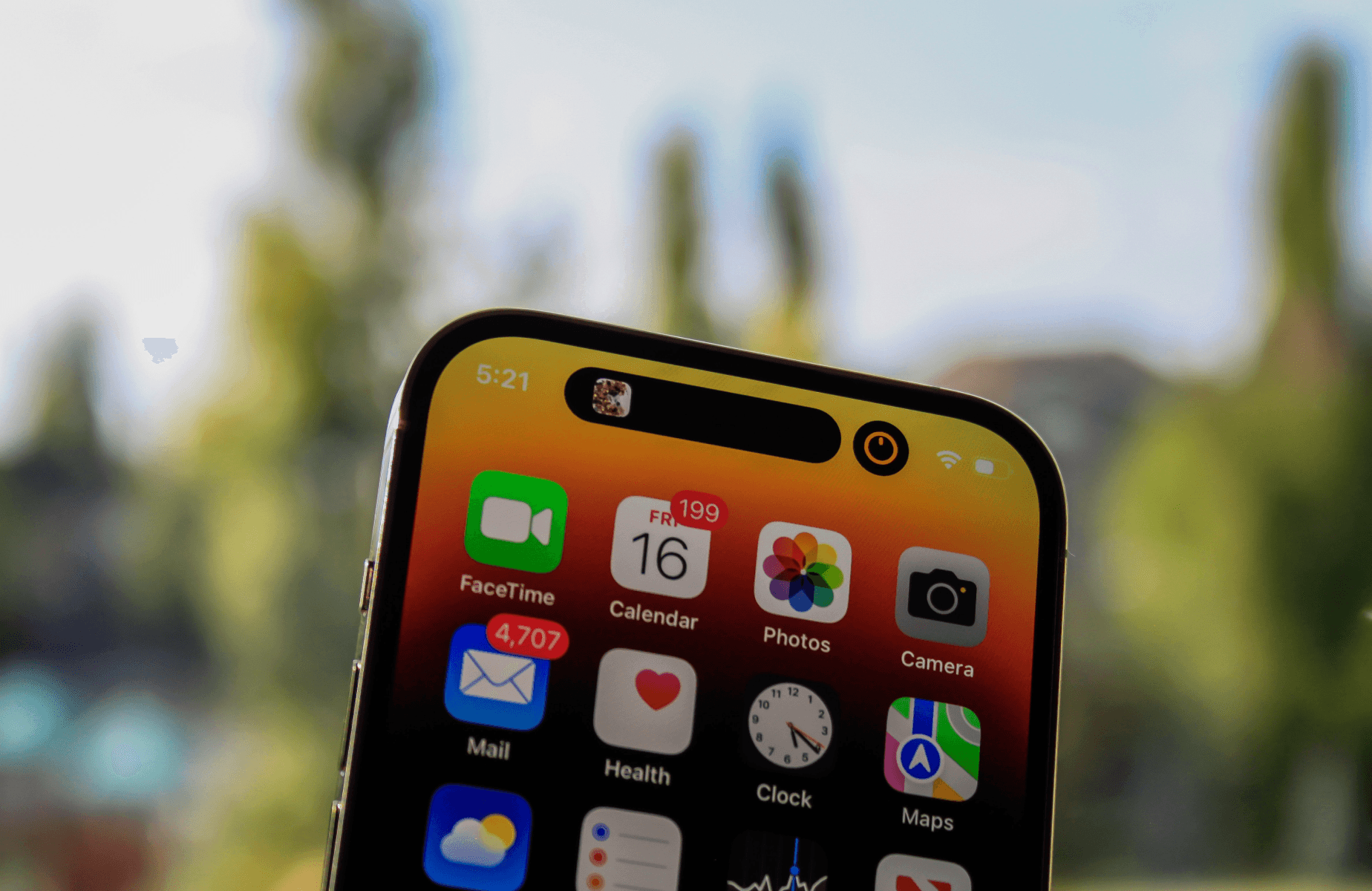Experts predict that by 2020, the installed base of Internet of Things devices will grow to nearly 31 billion globally. The IoT market is predicted to be worth more than one billion US dollars annually, starting from 2017.
It’s safe to say that IoT technologies and the rise of smart connected objects will impact our lives significantly within the next few years: how we buy products, consume them, and communicate. Marketers are already making the first attempts at using IoT apps to make advertising more efficient and compelling.
IoT in Marketing
IoT application development allows engaging with customers on a more personal level and customizing content to match their needs. Delivering the right message to the right person at the right time and place is the primary objective of marketers. Here’s how IoT solutions will be helping marketers to accomplish this task in the near future.
Do you want to create a digital product? Our team is ready to help you to find the optimal solution that will meet your specifications and achieve your business goals.
Get in touch with us1. Optimal integration
Marketers take advantage of many different platforms and channels to deliver their brand messages. But it’s hard to make these communications stand out from the crowd. That’s why IoT app development services offer an opportunity to target audiences where there’s less competition through geolocation.
Marketers will leverage customer geolocation to deliver personalized messages right when they stand to make maximum impact. For example, a customer passing by a beacon installed in the store may receive a message about a current promotion based on their purchase history, demographic data, or set preferences.
2. Tailored messages for contextual marketing
The primary goal of marketers is to create messages that inspire customers to take a specific action like making a purchase. Today, they can use plenty of sophisticated tools to fine-tune and personalize these messages.
But IoT will open a new chapter in customized messaging. Marketers will be using IoT technologies to engage in a back-and-forth interaction with customers, modifying the message in real-time by integrating data provided by IoT devices such as beacons.
By understanding the immediate context where customers find themselves at a given time, marketers will be able to build brand messages that are more relevant to the unique situation of every customer.
For example, a marketer can combine data collected from a fitness wearable and proximity data coming from beacons to deliver fitness product messages when the device’s user is located nearby a relevant brand store such as a smoothie bar.
3. Improving customer experience
IoT will also lead marketers to build more exciting and relevant customer experiences. By leveraging data sent by IoT devices, marketers will know when it makes the most sense to send acquisition or retention marketing messages.
Here’s what it will look like in practice:
A marketer can use information about offline purchases together with proximity data from IoT devices inside a brick-and-mortar store to target customers who have recently purchased a product with an upsell email or a social campaign encouraging them to share product feedback with their peers.
4. Real-time customer data
IoT devices will gather, analyze, and compare customer data in real-time to help marketers make quick decisions and maximize the impact of their messages. Note that IoT devices will provide companies with more precise information to help them spot critical factors that affect the customer’s buying journey. That will offer the opportunity to reduce operating expenses and boost the ROI of advertising budgets.
Rather than relying on possibly outdated information from immaterial sources, marketers will be making business decisions from real-time customer data that reflects the complexity of engagement between consumers and brands.

Tapping into real-time data will enable marketers to optimize their messages – for example, imagine a fitness device that reads blood glucose that can tell when a person is hungry. If the device is linked to a system able to document biometric data and match consumer preferences, the company may send that person a message about the availability of their favorite food nearby.
IoT in marketing
IoT devices will generate an unprecedented amount of data to help marketers capture customer intent, needs, and behavior from every interaction with the brand. The ability to match these insights throughout the entire customer journey will enable marketers to create messages that prompt consumers to action and help them develop a strong relationship with the brand.
Needless to say, IoT is going to amplify our analytics capabilities and cause a revolution in many different areas, among them marketing.







